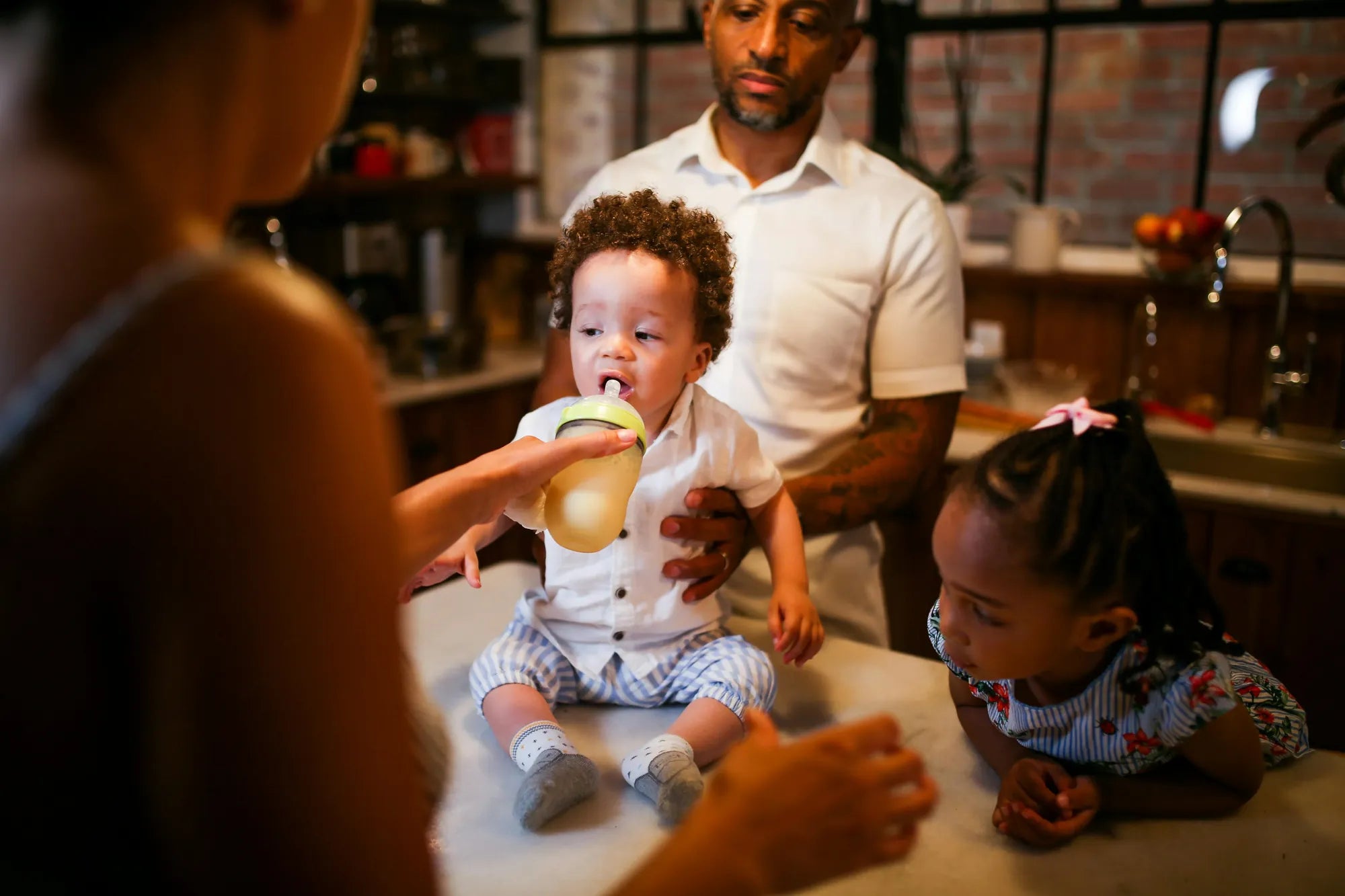Accueil
Pregnancy, Breastfeeding, and Pumping: The Ultimate Guide for Moms
Are Lumps in Breast After Pumping Bad? What You Need to Know

Are Lumps in Breast After Pumping Bad? What You Need to Know
Are lumps in the breast after pumping a cause for concern? Many breastfeeding mothers notice changes in their breasts, including lumps, and wonder if this is normal or a sign of something more serious. Understanding the causes and knowing when to seek medical advice can help alleviate worries and ensure proper care.
Understanding Breast Lumps After Pumping
Breast lumps after pumping can be alarming, but they are often a common occurrence for breastfeeding mothers. These lumps can vary in size, texture, and location, and may feel tender or firm to the touch. While some lumps are harmless, others may require medical attention.
Common Causes of Breast Lumps After Pumping
Several factors can contribute to the development of lumps in the breast after pumping. These include:
- Milk Duct Blockage: One of the most common causes of breast lumps is a blocked milk duct. When milk is not effectively removed from the breast, it can accumulate and form a lump.
- Mastitis: This is an infection of the breast tissue that can cause lumps, redness, and pain. Mastitis often occurs when a blocked duct is not treated promptly.
- Engorgement: Overfull breasts can lead to engorgement, causing lumps and discomfort. This is common in the early stages of breastfeeding or when pumping schedules are irregular.
- Fibrocystic Changes: Some women experience benign changes in their breast tissue, leading to lumpiness. These changes are often hormonal and not related to breastfeeding.
When to Seek Medical Advice
While many breast lumps after pumping are benign, there are certain signs that warrant medical attention. If you notice any of the following, consult a healthcare provider:
- Persistent Lumps: Lumps that do not resolve after a few days or with home remedies should be evaluated.
- Pain and Redness: Severe pain, redness, or warmth in the breast could indicate an infection like mastitis.
- Fever: A fever accompanying a breast lump may suggest an infection that requires treatment.
- Unusual Discharge: Any discharge from the nipple that is not milk, especially if it is bloody, should be checked by a doctor.
Managing and Preventing Breast Lumps After Pumping
There are several strategies to manage and prevent lumps in the breast after pumping. These include:
- Effective Pumping: Ensure that you are using the correct pumping technique and that your pump is functioning properly. This helps to fully empty the breasts and prevent blockages.
- Frequent Feeding or Pumping: Regular breastfeeding or pumping sessions can prevent engorgement and reduce the risk of blocked ducts.
- Massage and Warm Compresses: Gently massaging the breast and applying warm compresses can help to relieve blockages and promote milk flow.
- Proper Hydration and Nutrition: Staying hydrated and maintaining a balanced diet can support overall breast health and milk production.
When to Worry About Breast Lumps
While most breast lumps after pumping are not a cause for concern, it is important to be aware of the signs that may indicate a more serious issue. If you experience any of the following, seek medical advice promptly:
- Hard, Immovable Lumps: Lumps that are hard and do not move when touched could be a sign of a more serious condition.
- Rapidly Growing Lumps: Lumps that grow quickly or change in size should be evaluated by a healthcare provider.
- Skin Changes: Any changes in the skin over the lump, such as dimpling or puckering, should be checked.
- Family History of Breast Cancer: If you have a family history of breast cancer, it is important to be vigilant about any changes in your breasts.
Conclusion
Breast lumps after pumping are a common concern for many breastfeeding mothers, but they are often not a cause for alarm. Understanding the common causes, knowing when to seek medical advice, and implementing strategies to manage and prevent lumps can help ensure a positive breastfeeding experience. Always consult with a healthcare provider if you have any concerns about breast lumps or other changes in your breast health.
Breastfeeding is a unique journey for every mother, and being informed about potential challenges like breast lumps can make the experience smoother and more enjoyable. Remember, your health and well-being are just as important as your baby's, so don't hesitate to seek support and advice when needed.
Partager

